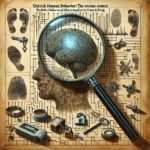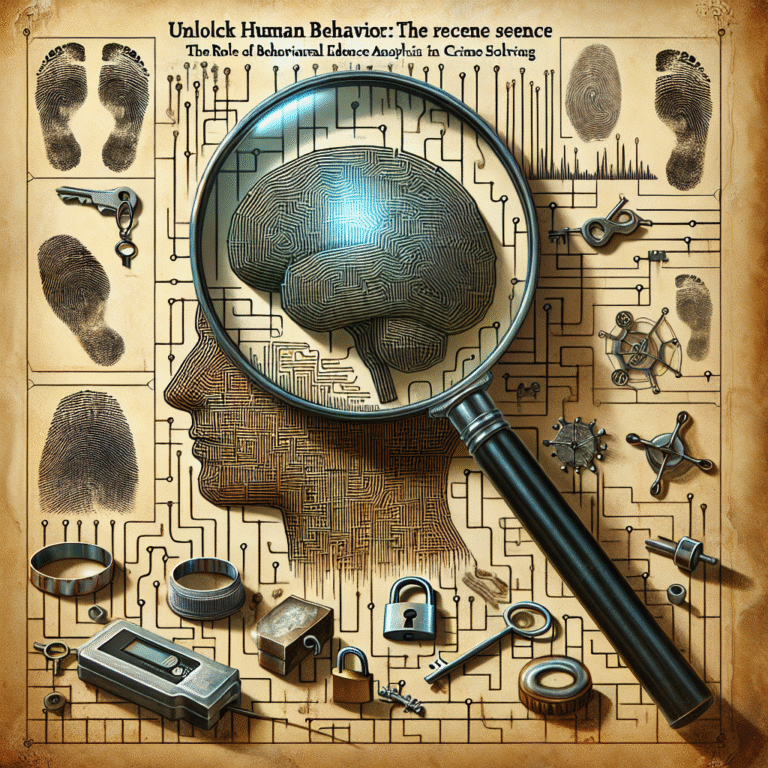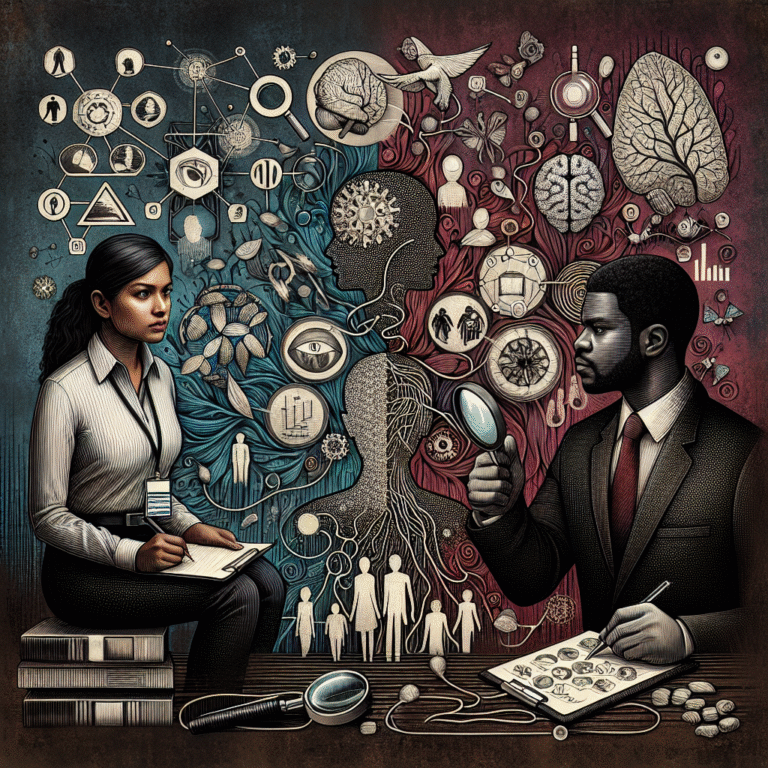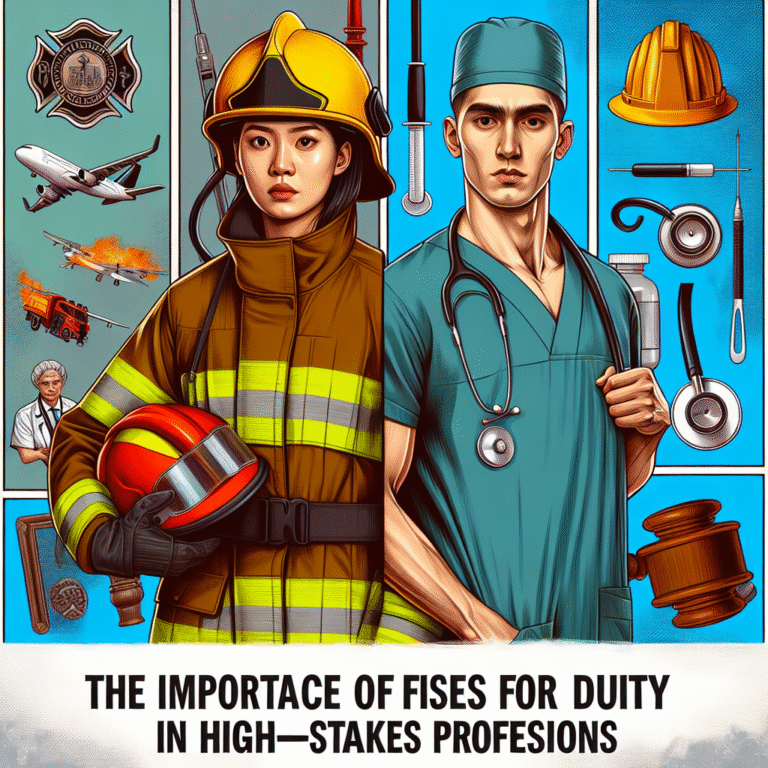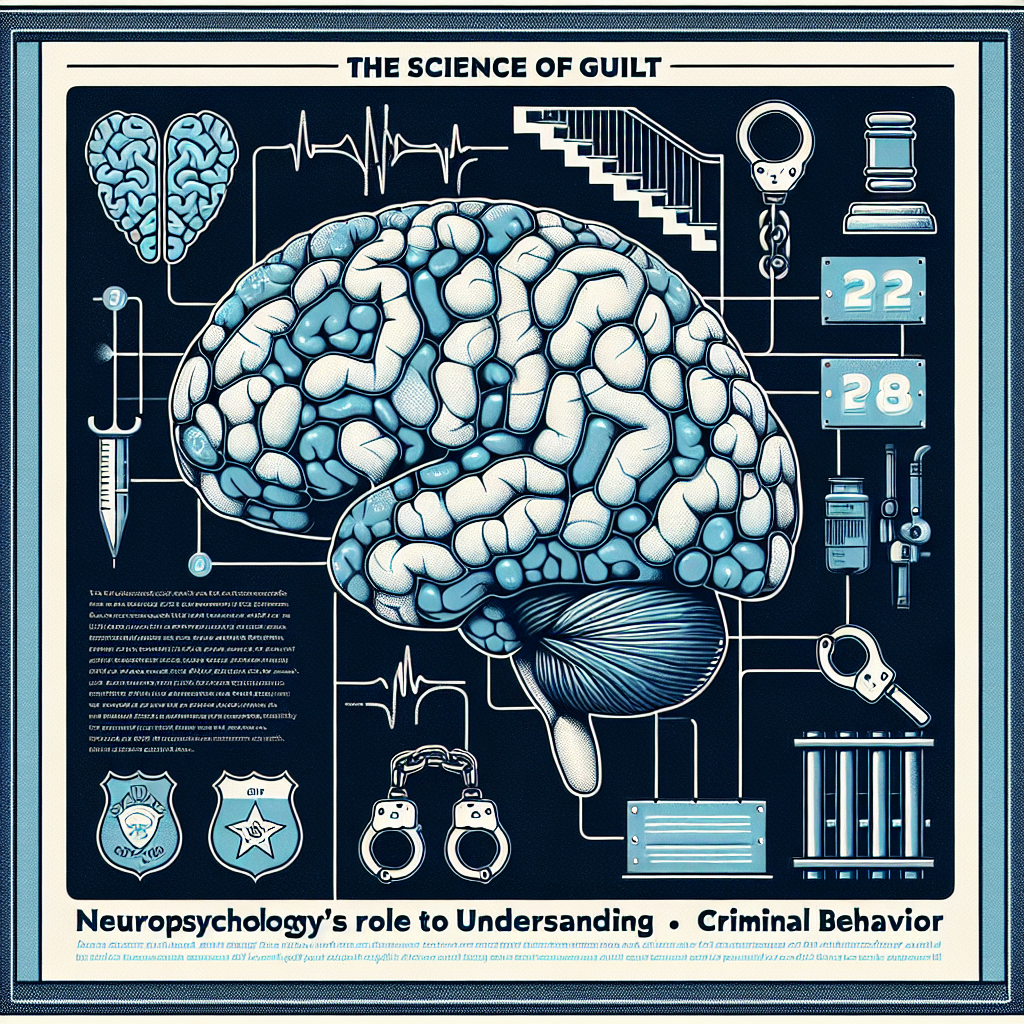
Introduction
Imagine standing at the crossroads of morality and psychology, a terrain where the human mind grapples with complex emotions. Guilt is a powerful emotion; it can be a motivator for ethical behavior or a catalyst for destructive actions. The Science of Guilt: Neuropsychology’s Role in Understanding Criminal Behavior delves into this fascinating intersection, offering insights into how our brain processes guilt, how this affects criminal behavior, and how understanding these mechanisms can inform legal practices and rehabilitation strategies.
As crime continues to shape societal landscapes, understanding the neuropsychological basis for guilt becomes crucial for creating effective interventions and preventing future offenses. By exploring the biological and psychological underpinnings of guilt, we can uncover pathways to reduce criminal behavior and foster rehabilitation.
In this article, we will explore the myriad ways neuropsychology contributes to our understanding of guilt, drawing on case studies and research to provide a comprehensive view of this critical subject.
Understanding Guilt from a Neuropsychological Perspective
What is Guilt?
Guilt can be described as an emotional response to perceived wrongdoing. From a neuropsychological standpoint, guilt activates specific brain regions involved in emotion regulation, decision-making, and social cognition. The anterior cingulate cortex, amygdala, and prefrontal cortex are particularly implicated in the experience of guilt, serving as the neural substrates for emotional processing.
The Neuroanatomy of Guilt
Anterior Cingulate Cortex (ACC)
- Function: Involved in emotional regulation and decision-making.
- Relevance: Higher ACC activity has been linked to individuals who experience elevated levels of guilt, indicating its essential role in emotional responses.
Amygdala
- Function: Processing emotions like fear and pleasure.
- Relevance: The amygdala’s response to social situations often drives guilt when an individual perceives they have harmed another.
- Prefrontal Cortex (PFC)
- Function: Critical for higher cognitive functions like reasoning and impulse control.
- Relevance: Individuals with trauma or dysfunction in this area may display impulsive behavior, potentially leading to criminal acts.
The Role of Guilt in Morality
Guilt acts as a moral compass, guiding behavior through internal integrity. The Science of Guilt: Neuropsychology’s Role in Understanding Criminal Behavior emphasizes how, in healthy individuals, feelings of guilt promote prosocial actions, whereas those with diminished guilt may exhibit criminal tendencies. Neuropsychological assessments reveal significant differences in the brain function of those who commit crimes versus those who do not, tying back to how effectively an individual processes guilt.
Case Studies: The Intersection of Guilt and Criminal Behavior
Case Study 1: Adam Lanza and the Sandy Hook Tragedy
Adam Lanza, the perpetrator of the Sandy Hook Elementary School shooting, demonstrated a complicated relationship with guilt and social connection. Reports indicate that he exhibited symptoms of autism and anxiety disorders, impacting his emotional responses.
Analysis:
Lanza’s actions raise critical questions about empathy and guilt. Neuropsychological assessments reveal that individuals with reduced social cognitive abilities might be less influenced by guilt, potentially paving the way for criminal actions. This suggests that nurturing socio-emotional skills can play a vital role in prevention.
Case Study 2: The Ethics of Free Will — The Case of Phineas Gage
Phineas Gage, the famous railroad construction foreman, survived a horrific accident that left his frontal lobe severely damaged. Following this incident, he exhibited profound changes in his personality and social behavior, including a decreased capacity for guilt.
Analysis:
Gage’s transformation underscores the role of the prefrontal cortex in regulating moral behavior and guilt response. Individuals with similar brain injuries can manifest impulsive criminal behavior without the internal checks provided by guilt.
| Brain Region | Function | Associated Behaviors |
|---|---|---|
| Anterior Cingulate Cortex | Emotional regulation | Elevated guilt, moral decision-making |
| Amygdala | Emotion processing | Social anxiety, heightened guilt responses |
| Prefrontal Cortex | Reasoning, impulse control | Impulsive actions, reduced guilt |
Theories and Models Explaining Guilt in Criminal Behavior
The Dual-Process Theory
Psychologist Daniel Kahneman’s Dual-Process Theory posits that human thinking operates via two systems: the intuitive, fast-thinking System 1 and the analytical, slower System 2. Criminal behavior may emerge when System 1 predominates, leading to impulsive actions often untempered by feelings of guilt.
The Social Cognitive Theory
According to Albert Bandura’s Social Cognitive Theory, individuals learn behaviors by observing others. In environments where guilt is consistently suppressed, criminal behavior can become normalized. Understanding this can guide rehabilitation efforts, wherein creating a sense of accountability and guilt may reduce recidivism.
The Role of Environment and Upbringing
Family Dynamics and Guilt
Research indicates that upbringing significantly affects an individual’s ability to experience guilt. Children raised in nurturing environments are more likely to develop empathy and the ability to feel guilty about transgressions, while those in neglectful or abusive settings may struggle with these emotions.
Peer Influence
Peer influences can amplify or mitigate feelings of guilt. In delinquent peer groups, the social acceptance of criminal behavior diminishes the impact of guilt, suggesting the need for intervention programs focused on healthier social interactions.
The Criminal Justice System and Guilt
Utilizing Neuropsychological Insights in Sentencing
Understanding guilt from a neuropsychological lens can impact legal proceedings. Defendants showing diminished capacity to feel guilt due to neuropsychological factors could receive different sentencing outcomes, emphasizing rehabilitation over punishment.
Rehabilitation Programs
Implementing therapeutic programs focusing on guilt and emotions can facilitate rehabilitation. Cognitive Behavioral Therapy (CBT) can help individuals recognize and process feelings of guilt, aiding in their reintegration into society.
Actions for Better Understanding of Guilt
- Education and Training: Equip mental health professionals, law enforcement, and judges with knowledge about the neuropsychological aspects of guilt.
- Empathy Training: Programs aimed at developing emotional intelligence can foster guilt and empathy, potentially steering individuals away from criminal behavior.
- Research Prioritization: Continued investigation into the neuropsychology of guilt can illuminate further strategies for both prevention and rehabilitation.
Conclusion
The Science of Guilt: Neuropsychology’s Role in Understanding Criminal Behavior highlights the intricate connection between our emotional processes, brain function, and criminal actions. By exploring these dynamics, we can cultivate a more humane and effective justice system that emphasizes rehabilitation rather than retribution.
Key Takeaways
- Guilt serves as an emotional guide shaped by neuropsychological mechanisms.
- Addressing deficiencies in guilt can be crucial for intervention and rehabilitation.
- Society must foster environments that nurture empathy and understanding to mitigate criminal tendencies.
FAQs
1. What role does guilt play in preventing crime?
Guilt often serves as a moral guide that fosters empathy and accountability, helping individuals refrain from criminal actions.
2. How can neuropsychological assessment inform criminal justice?
Neuropsychological assessments can reveal deficits in emotional processing, allowing for more tailored sentencing and rehabilitation approaches.
3. Are there therapeutic interventions for individuals lacking guilt?
Yes, therapies such as Cognitive Behavioral Therapy (CBT) aim to enhance emotional awareness and accountability, potentially increasing feelings of guilt.
4. Can upbringing affect an individual’s capacity for guilt?
Absolutely. Nurturing environments promote empathetic responses, while neglectful settings may hinder the development of guilt.
5. What future research is needed in this area?
Further research should explore the biological and environmental interplay affecting guilt and criminal behavior, helping to develop more effective prevention strategies.
By advancing our understanding of guilt through a neuropsychological lens, we can foster a society that not only mitigates crime but heals the underlying emotional wounds that often lead to it. Understanding the Science of Guilt offers an essential roadmap toward a more empathetic future.


